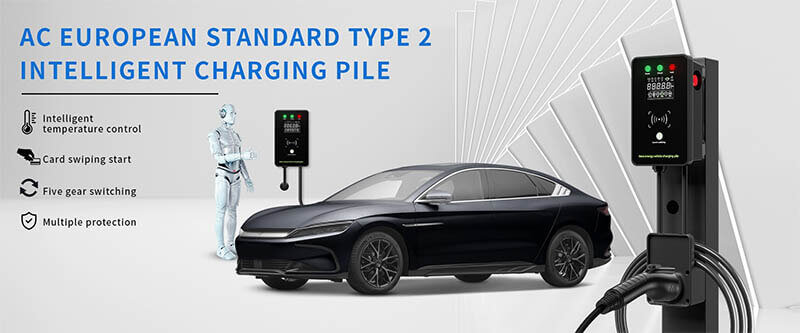You have two options when it comes to charging the electric car: a utility-scale EV charger, or for emergency situations – a portable EV charger.
A home EV charger is definitely the safer, faster and more convenient solution for charging your electric car at home.
Only, which one is the right one for your electric car, and where can you find it? We’ll show you what to look out for when making a purchase.
Content
Where would you like to charge your electric car?
Would you like to mainly charge your electric car at home or at a charging station? Or are you out and about a lot and want to use a home EV charger?
- At home – you’re best using a permanently installed home charger
- Out and about – a portable home charger is suitable for this situation
A EV charging wallbox is a powerful socket for your electric car. Once it has been installed, you can use it to charge your electric car both quickly and conveniently.
With a portable EV charger, you don’t have to spend a long time on installations: this kind of charger can be used immediately at any industrial or high-voltage socket. Unlike when buying a EV charging wallbox, you don’t need to spare a thought for how many kilowatt hours you’re allowed to charge for – the charging power is detected automatically.
Why is it better to charge a car by using a home charger instead of a portable charger?
1. Your car charges safely at a EV charging wallbox. The power cables and fuses are protected.
2. Your electric car is ready for use again much faster.
3. Charging is cheaper. In addition to the actual electricity that flows directly into your electric car’s battery, you also need electricity to operate the charging elements (on-board chargers). The longer the charging elements are in operation, the more energy you consume.
According to a study conducted by the General German Automobile Club (ADAC), the vehicle electronics’ self-consumption is lower with a EV charging wallbox compared to a Schuko socket since the battery is charged much faster by using a EV charging wallbox. The operating time is shorter, meaning there are far fewer charging losses. And the EV charging wallbox also resumes charging independently after unexpected errors or even a total power failure. That way, you won’t be surprised by a low battery level when you start your next trip.

How quickly should your electric car be fully charged again?
How quickly your electric car is charged depends not only on the battery capacity, but also on the charging power. This is determined by three factors:
- The house connection’s power that is still available
- The home charger’s maximum possible charging power
- The car’s maximum possible AC charging power
The weakest link specifies the charging power that can ultimately be used. If you have decided that you’d like to use a EV charging wallbox, we recommend that you also consult an installation engineer.
You can flexibly manage how long you charge your electric car for. Anything between half an hour and 12 hours is possible, depending on several influencing factors. For instance, the charging time is influenced by the outside temperature and the battery’s aging process. A state of charge of between 20 and 80% is generally best for the battery.
However, you can also set the charging power based on your charging behavior:
- If you mainly charge your car at night, an 11 kW wallbox should be sufficient.
- If you charge your car during the daytime, it should probably be charged quickly. We recommend using 22 kW if your car’s charging power allows you to do so.
How far is your electric car from the home charger?
A key question we often ask our customers, and that is often underestimated too, is the necessary charging cable length. 4 meters might sound like a lot, but it’s actually a very short charging cable in that situation. 4 meters is only adequate if your electric car is parked with the charging port right next to the home charger. We recommend using a longer charging cable for all eventualities. We have found that most of you prefer a length of 5 meters. That way, you’ll be playing it safe, and can easily pull the charging cable to the next parking space.
A home charger with a socket or with a fixed charging cable?
A fixed charging cable on the EV charging wallbox is the most convenient solution. All you have to do is unplug it from the wallbox, plug it into your car and start charging.
The socket variant requires space at the front of the car. This is something you should take into account if space in your garage is tight.
One advantage of the EV charging wallbox with socket is protection against damage. That’s why the cable-free wallbox is mainly used in public areas. People who use their own cable for charging purposes will usually pack it neatly in the trunk.
If a cable is permanently installed, it can be left lying around, then end up getting dirty or run over by the next vehicle.
Start Your Home EV Charging Business With Kelylands Today!

